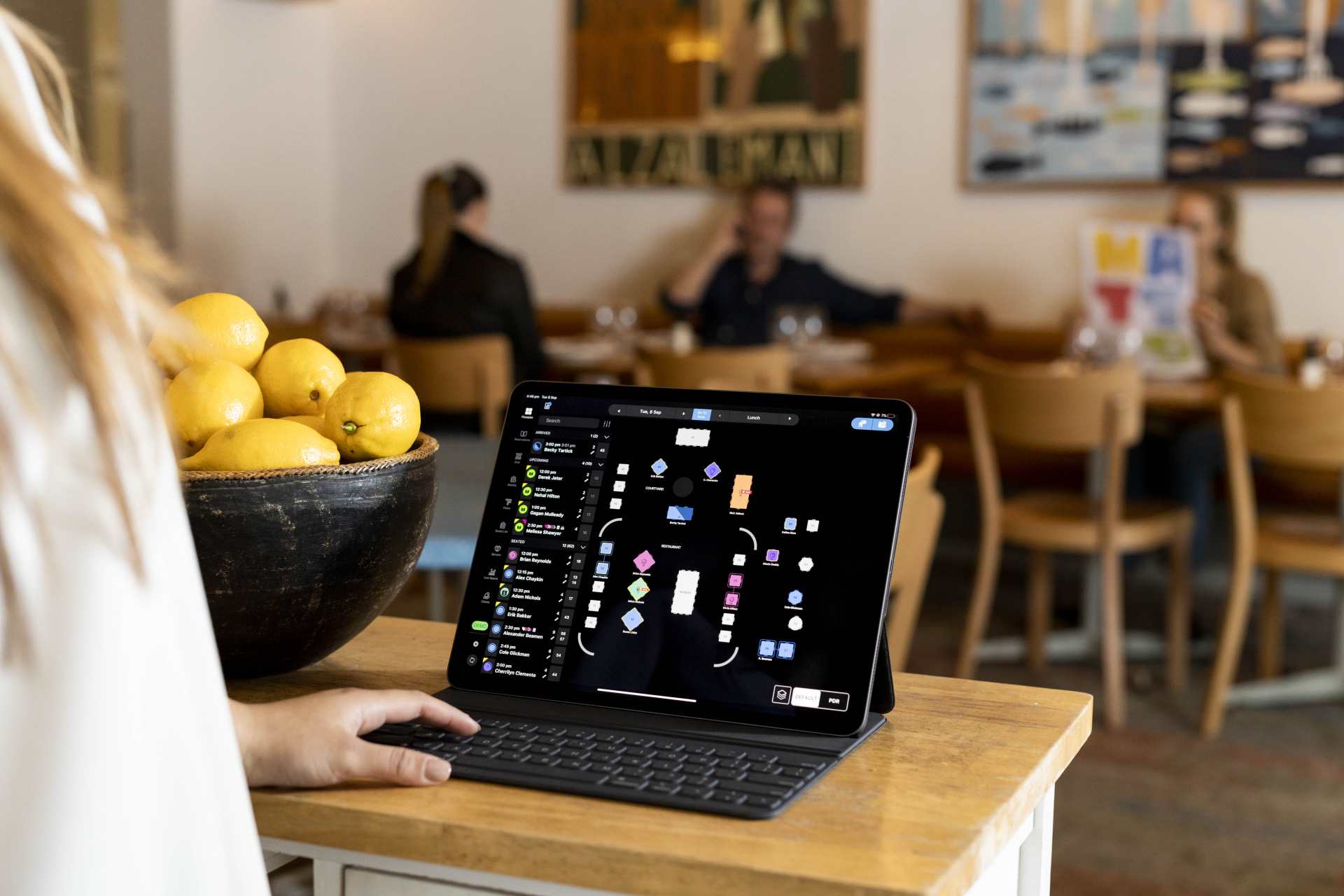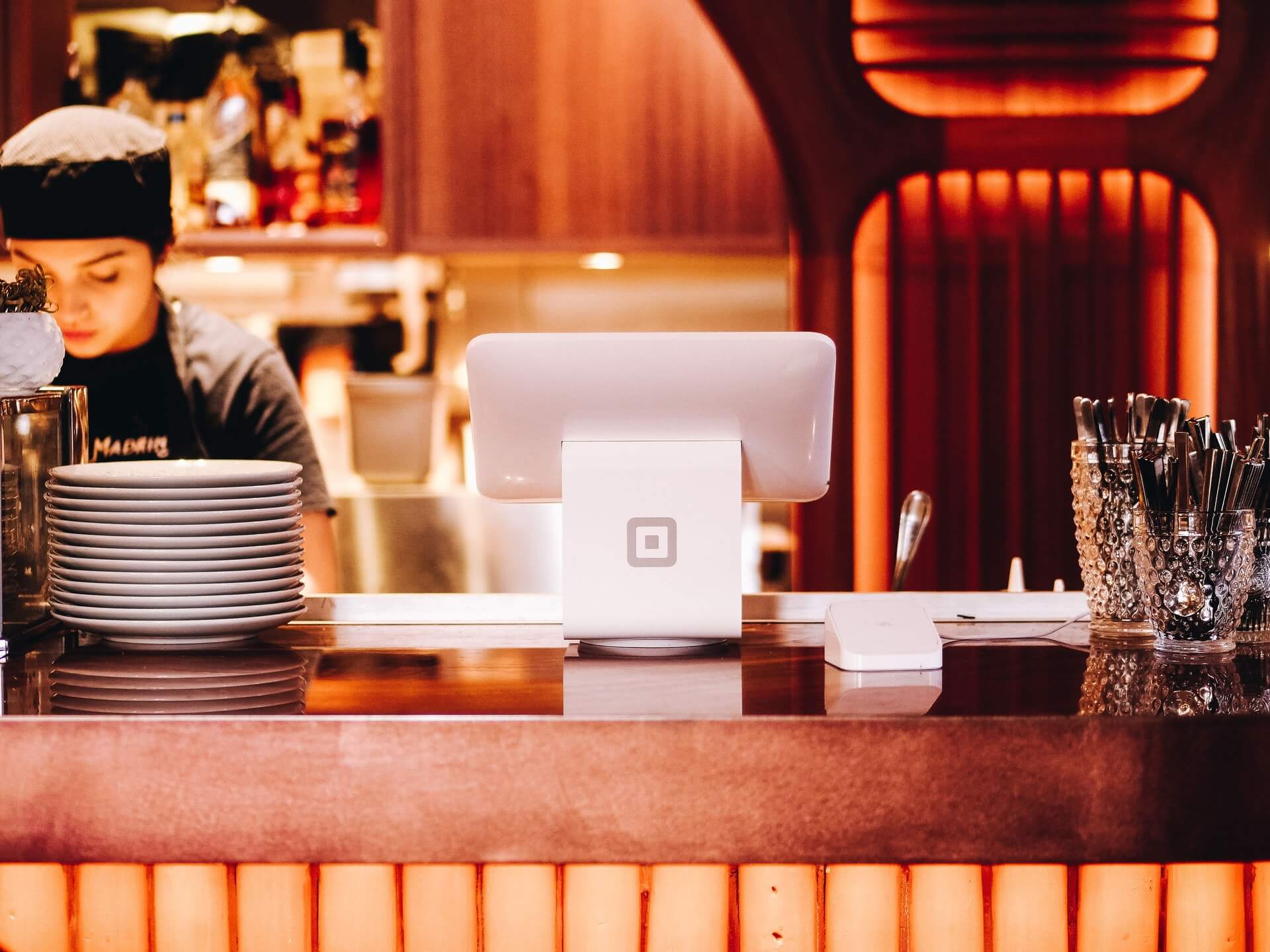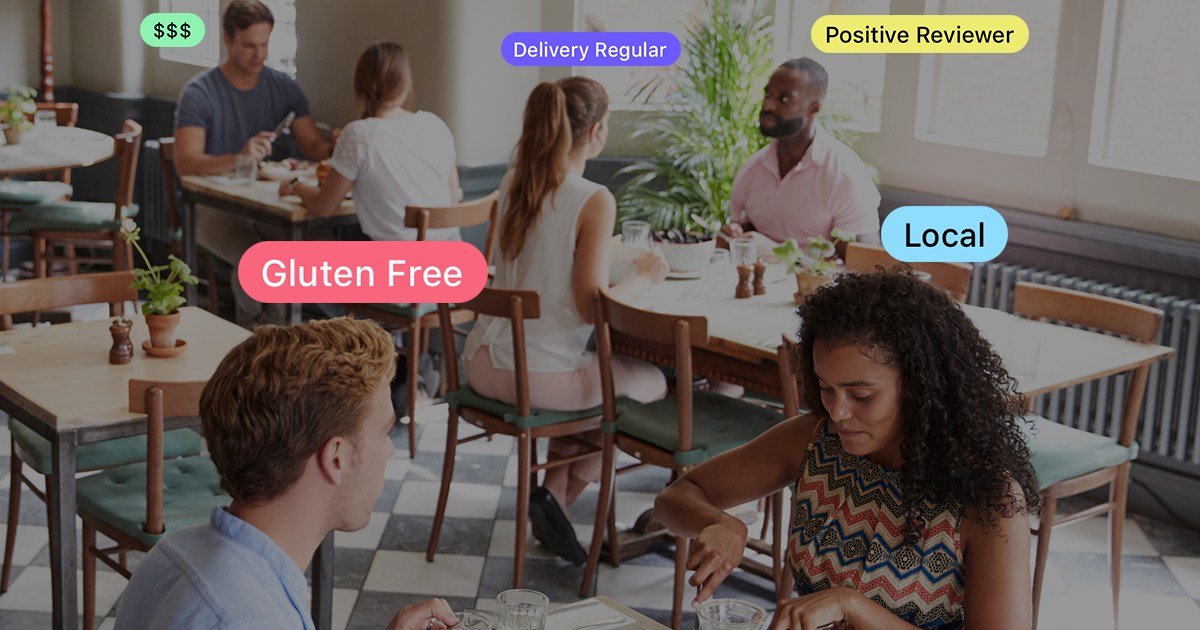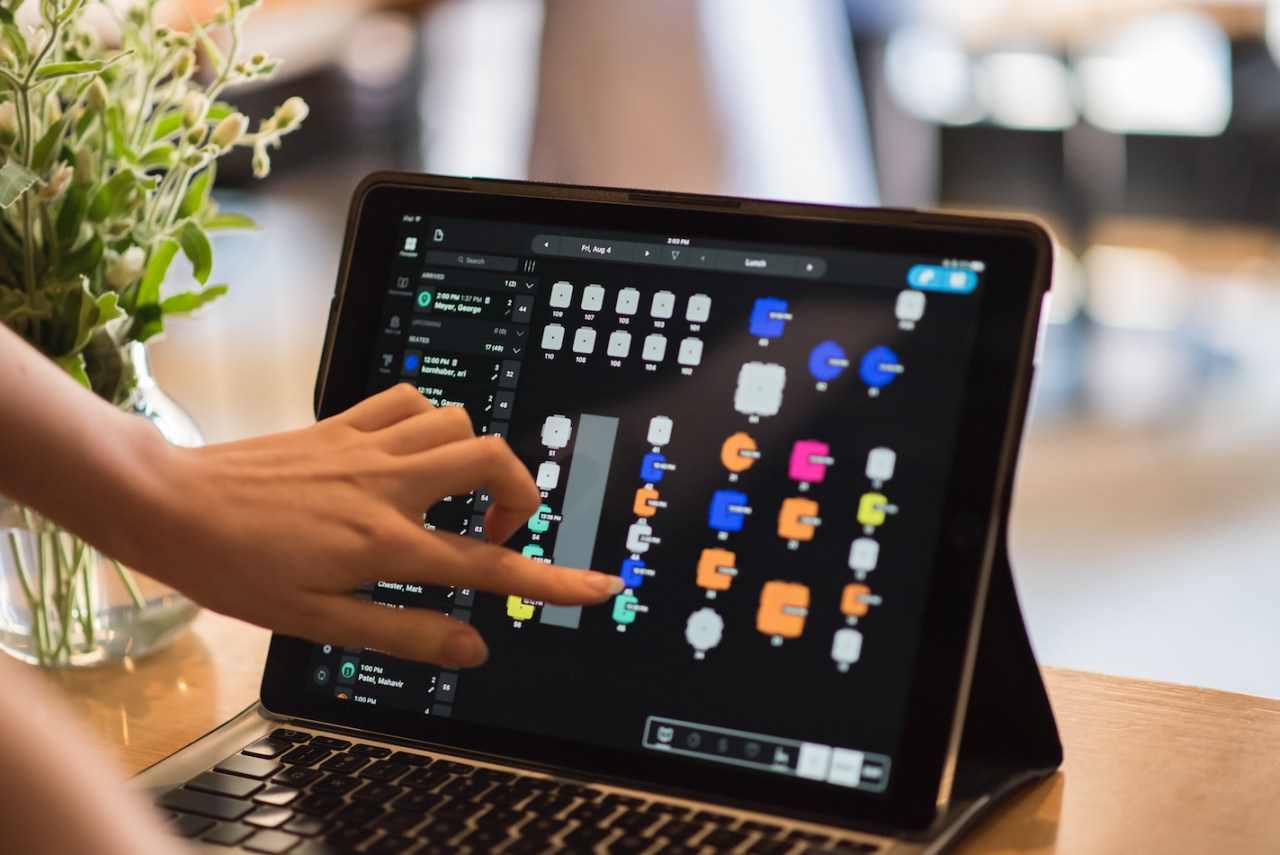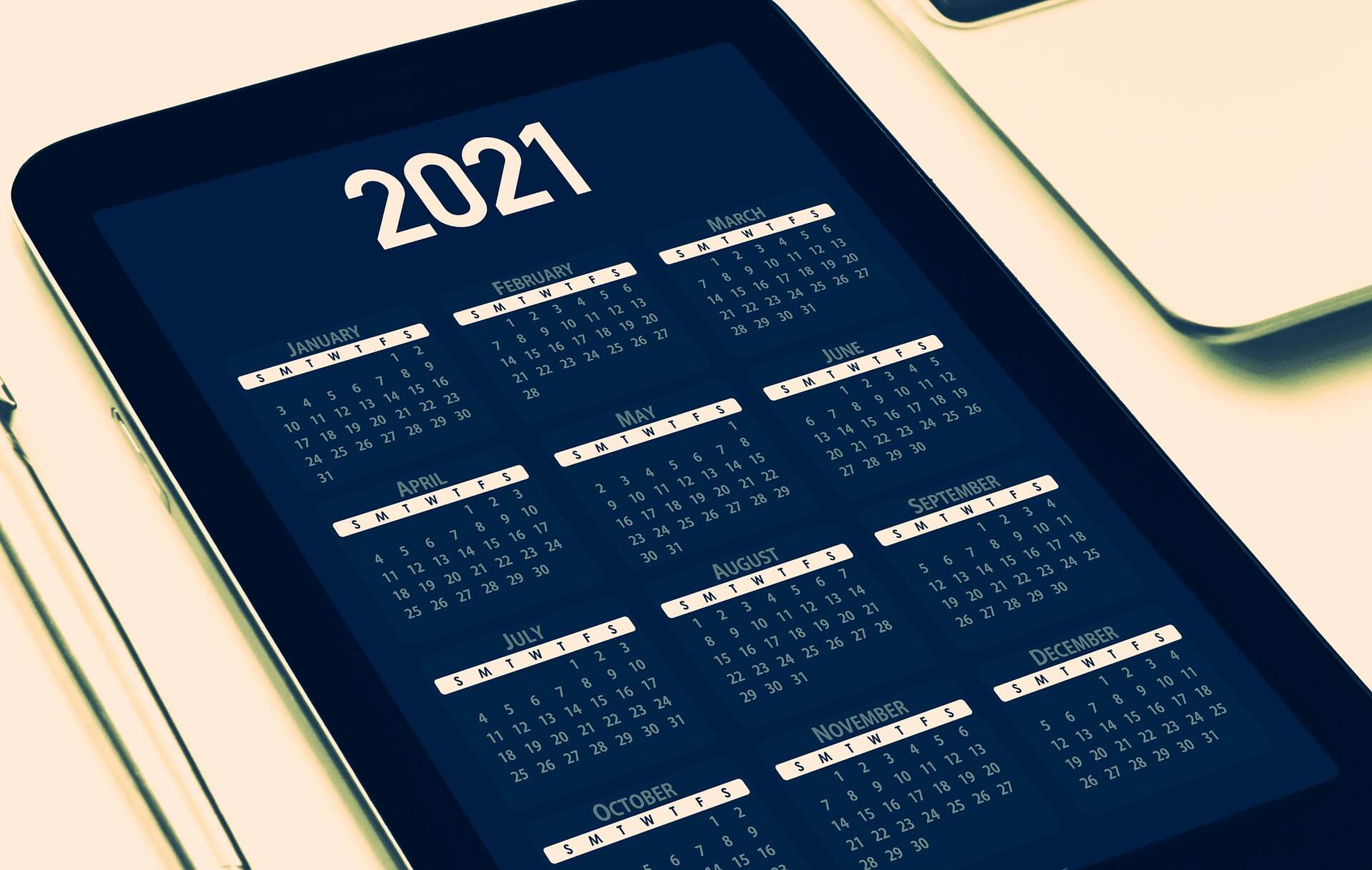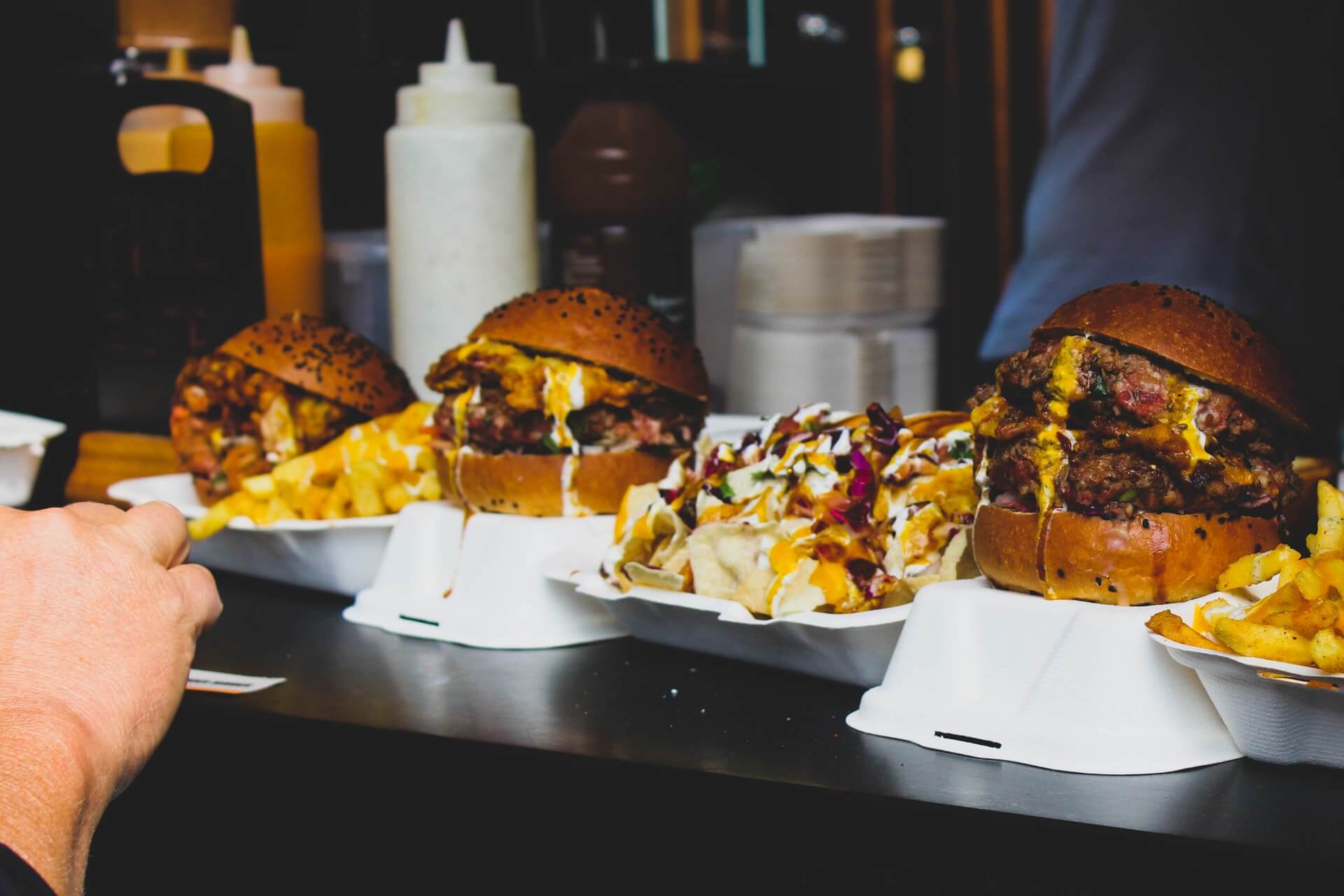Leadership Facepalm: Don’t Do This
by David Klemt

Here’s a hot take on the employer-employee dynamic: Don’t text staff at 3:00 in the morning demanding they come in on their day off.
In fact, let’s compress this piece of advice. Don’t text staff at 3:00 in the morning.
Really, I shouldn’t have to explain the myriad reasons that doing so isn’t acceptable. However, a post on Reddit shows that this topic needs addressing.
Are You Serious?
Yes, I’m using a Reddit post as an example of what not to do. And yes, I’m going to assume the post is legitimate for the purposes of education.
Owners, operators, and members of leadership teams need to lead. Micromanaging, assuming staff is at their beck and call, and domineering behavior only lead to high turnover.
A high staff churn rate is costly, and not just financially. Yes, it costs thousands of dollars to replace a single member of staff. However, immediate financial costs shouldn’t be the only concern.
Churning through staff also damages a restaurant, bar, hotel, or owner’s reputation. Should they become known as a bad employer—word gets around quickly in this industry—and eventually an operator won’t be able to hire rock star talent.
Over time, they’ll only draw in workers that chase away their guests. After that, the operator will be closing the doors.
“You Need to Be a Team Player”
Interestingly, the Reddit post that’s inspiring this article isn’t brand new. The post in question is about six months old.
But these days, with the shift in the employee-employer dynamic that’s taking place, stories of “epic” or “savage” quitting garner attention.
Again, there are myriad reasons people are drawn to these stories. Rather than read through those, let’s take a look at this quitting story.
A bartender took to Reddit (again, I’m assuming this is a fact) to share texts from his (former) manager. The timestamp on the first text? 2:59 in the morning.
“I need you to come in from 11a-10p today,” starts the text. The reason? Only one bartender is on the schedule for an event that day.
In response, the bartender says, “No thank you,” stating it’s their day off. And then the manager makes a demand using a term that gets thrown around far too much when some people in a position of authority don’t get the response they want (in my opinion).
The bartender is told they need to be a “team player,” and that “it isn’t all about you.” On a positive note, the manager does then say “please” and asks the bartender to come in.
Putting their cards on the table, the bartender says they’ve had a few drinks and don’t want to work an eleven-hour shift with a hangover. Personally, I don’t think the manager was due that explanation but okay.
This doesn’t sit well with the manager, who now attempts to police the bartender’s personal time. According to the texts, the bartender needs “to stay ready for work.” This is apparently because “getting too drunk is not a good look if you can’t stay prepared.”
“Fed Up with You”
After a few more texts back and forth, the manager fast-tracks this situation’s escalation. The bartender is told that they’re going to talk about the bartender’s “attitude” when they “come in Sunday.”
Well, it’s highly unlikely that conversation ever took place. According to screengrabs of the texts, the bartender replies, “No we’re not.” They then proceed to remind the manager that “dozens” of places are hiring bartenders. They’re happy to go work for one of those businesses.
Unsurprisingly, the manager attempts to backpedal. They say that the bartender is making a rash decision “because you’re drunk” and will regret it the next day. That approach doesn’t work.
Now, there’s one sentence that suggests to me, if this situation is real, that the owner needs to address this manager. Or, if this manager is the owner of the business, that they need to work on developing leadership skills.
That line? “I’m fed up with you.”
Sure, they could mean they’re fed up with them in this instance. However, the line follows the bartender saying that their are several other places they can find work instead.
My interpretation is that at a minimum, these two have a problem with one another. Worst case, this manager isn’t doing the owner (or themselves) any favors with their “leadership” style.
Just…Don’t Do This
Please, please, please, don’t text or call staff at 3:00 in the morning. There are perhaps a tiny handful of reasons to ignore this advice. As I see it, those reasons all involve emergencies.
And no, being short-staffed for an event the following morning is not an emergency worthy of texting or calling an employee to cover a shift so late at night/early in the morning.
There are several leadership and scheduling solutions that can prevent this type of situation. In this particular instance, since the bartender was “fed up with” this manager, they were going to quit sooner or later.
Which brings me to my first point: Operators need to know what their leaders are doing. How are they treating staff? How does the staff perceive the leadership teams?
Secondly, how do the operator and other leaders perceive one another? Is everything running smoothly or is one “leader” not really leading?
And finally, scheduling technology. These days, there’s really no excuse for many kinds of scheduling problems. Several scheduling apps integrate well with popular restaurant, bar, and hotel POS systems.
For example, HotSchedules gives staff the ability to give away, swap, and pick up shifts. Another example is OpenSimSim, which provides an open shift invite feature. Staff can also set their profiles to auto-accept shifts as they become available.
7shifts and Schedulefly can also help fill shifts. And like HotSchedules and OpenSimSim, leaders can message groups and individuals, and vice versa.
Perhaps the biggest takeaway here is this: The maxim, “People don’t leave jobs, they leave managers,” is accurate. Leaders need to respect their team members and their personal time.

